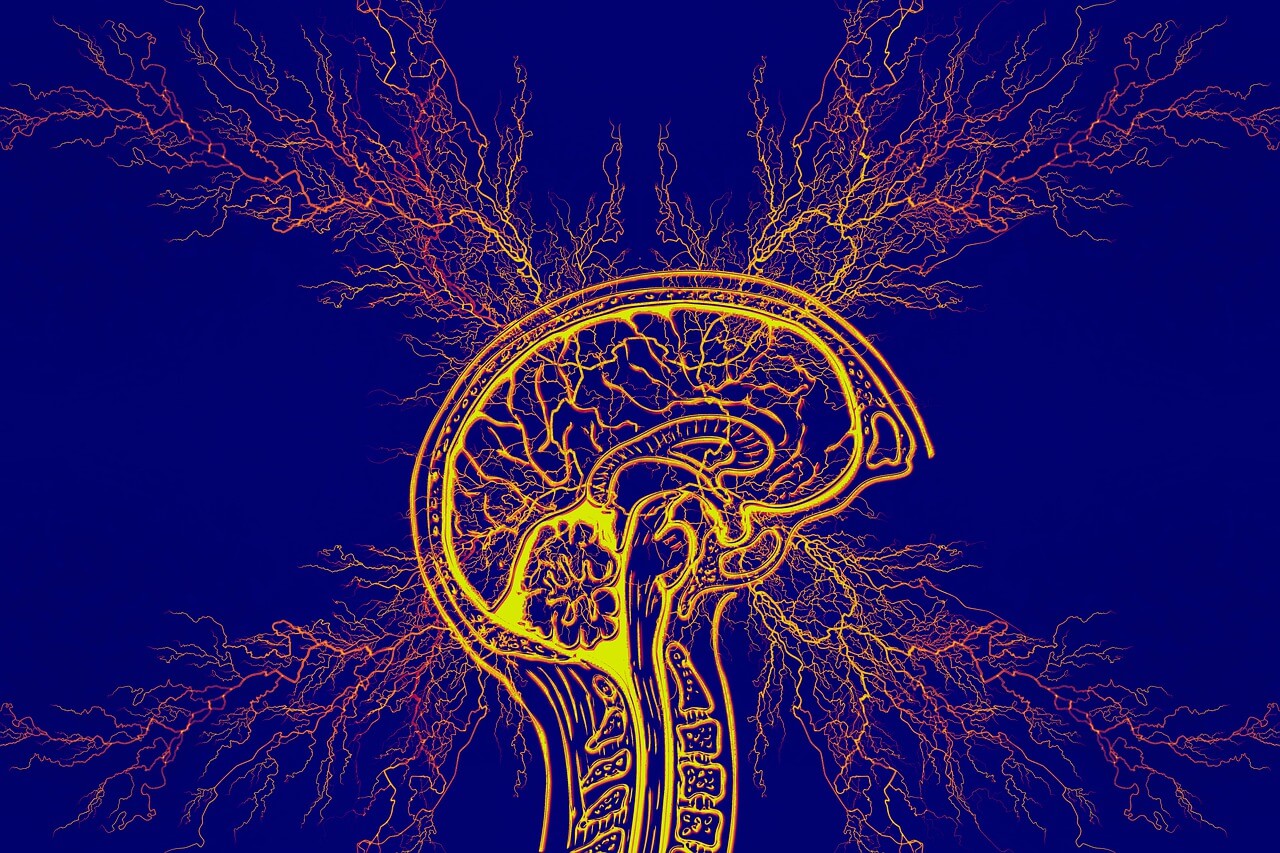ORLANDO, Fla. — Countless movies and TV shows depict seizures dramatically, but real life isn’t always so cinematic. While generalized tonic-clonic seizures where individuals fall to the ground convulsing and foaming at the mouth do occur, a new survey finds the vast majority of Americans are unable to recognize the more subtle signs of a seizure.
Researchers from Orlando Health warn that all signs or symptoms of a seizure are dangerous and potentially capable of inflicting profound changes on the lives of those suffering from it.
“Anything that interrupts your brain’s circuit can cause seizures, from tumors, infections and strokes to high or low blood sugar or glucose levels to inherited genetic features. And different types of seizures can present with dozens of different symptoms,” says Dipali Nemade, MD, MPH, an epileptologist and neurologist at the Orlando Health Neuroscience Institute, in a media release. “But because they often look different than those ‘cinematic seizures’ we see in movies and television, they can go undiagnosed for a long time.”
Conducted in collaboration with Ipsos, the poll encompassing over 1,000 adults found that less than half of Americans believe numbness or tingling (32%), blinking rapidly (35%), crying out or screaming (13%), and laughing (6%) are signs of a seizure. As such, Dr. Nemade stresses that it is vital to pay attention to any odd or out-of-place behaviors and bring them up with your doctor.
“Even seizures with these less dramatic symptoms can make everyday activities like driving and cooking dangerous. For some people, their seizures present outwardly with very subtle signs like smacking their lips, picking at their clothes or just staring into space, and it’s important to recognize when you or someone around you is experiencing them so they can be accurately diagnosed and treated,” Dr. Nemade adds. “By looking at their brainwaves (EEG), we can see if those behaviors are being caused by seizures.”
For patient Mike Sail personally, his seizures usually begin with a flushed feeling that travels from his abdomen up to his throat, followed by raised arm hair. Initially, his condition was misdiagnosed as acid reflux. It wasn’t until he couldn’t remember an entire week that he was finally referred to Dr. Nemade, who diagnosed his epilepsy.
Scroll down for helpful tips to assist someone experiencing a seizure

“I kept saying that it can’t be acid reflux because that doesn’t cause the hair on your arms to stick up,” Sail says. “For the most part, these episodes were not very disruptive. They only lasted a minute or two and usually only happened once every few weeks. Sometimes I’d have them while I was doing things like playing golf, and afterwards I would just go about my business. So, I was shocked to find out they were seizures because it wasn’t what most people think a seizure looks like.”
Similar to most cases, Sail’s epilepsy is now well-controlled thanks to a regimen of anti-seizure medication, lifestyle changes, and adequate sleep. He says he no longer fears that uneasy feeling he would experience before having what he now knows were seizures. Dr. Nemade notes education is badly needed in order to help others like Sail call attention to their condition in the event of unexplained symptoms on a regular basis.
“If people don’t know that these symptoms can be caused by epileptic seizures, their condition will be misdiagnosed or ignored and it will continue to affect their quality of life. That can be very isolating and frustrating, which is why many people with uncontrolled epilepsy experience anxiety and depression,” the doctor explains. “Too many people never go to the doctor because they don’t feel like it is profoundly affecting their lives, or they don’t know how to explain what they’re feeling.”
While most patients are able to get their condition under control with traditional methods, certain rarer cases of epilepsy are resistant to anti-seizure medication. Luckily, Dr. Nemade and her team note that there are some advanced treatments — such as intracranial monitoring (sEEG/subdural).
Doctors can also now map the brains of epilepsy patients to determine the exact spot where seizures are originating from, and then remove a small piece of tissue. If the tissues cannot be removed safely, neuromodulation options like responsive neurostimulation, deep brain stimulation, and vagus nerve stimulation also represent palliative options. Researchers believe that treatments like these are improving and saving countless lives; sudden unexpected death in epilepsy, or SUDEP, is known to claim roughly 3,000 American lives annually. Importantly, however, Dr. Nemade stresses modern medicine can only help once symptoms have been recognized.
If you suspect someone is experiencing a seizure, try to sit them down in a safe place far away from any sharp or heavy objects in their surroundings, and do your best to ensure they can breathe freely until symptoms subside.
If a seizure lasts longer than five minutes, call 911. Patients who have never received an epilepsy diagnosis or another explanation for their seizure should follow up with a doctor or neurologist as soon as possible.

